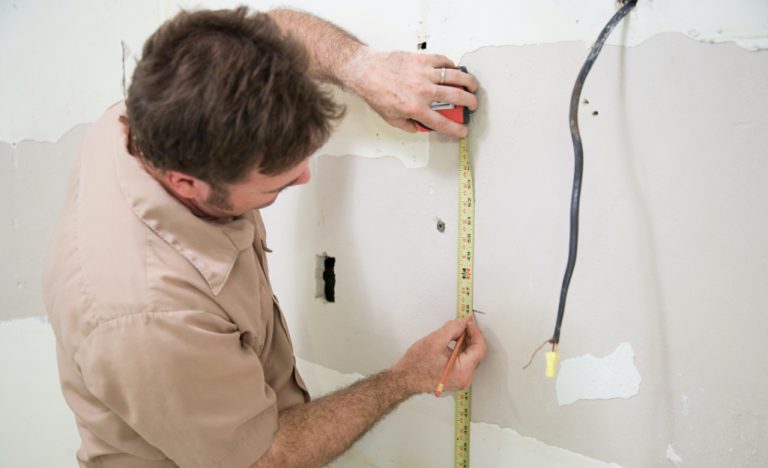Electrical outlets are the lifeblood of any modern building. They allow you to power up computers and TVs and charge your mobile devices. While they are convenient, you may notice that they ruin the aesthetic that you’re trying to create.
Hiding electrical outlets is an excellent way for you to improve the look of your interior without having to make expensive renovations. Often, it takes a few simple upgrades to put your building interior in the best light. If you need to improve the looks of your space by hiding electrical outlets and getting cleaner-looking walls, this article is just for you.
Plan out your space
First, it’s essential to map out the location of your current electrical devices and outlets. Doing this will allow you to optimize the site of your outlets and hopefully reduce the number of wires snaking on your walls with Ralph Lauren paint and floors.
It’s also important to factor in the accessibility of these electrical plugs and the wiring that’ll go along with them. As such, it’s crucial to make room for an access door like any surface adjustable access panel magnetic flexisnap. Installing access doors will save you on maintenance work because of the ease of access to these utilities.
Once you’ve planned out your layout, it’s time to incorporate some (or all) of these electrical outlet solutions. You’ll want to choose the ones that best suit your needs.
Flush-Mounted Outlets
You’re not alone if you’re tired of seeing all the ugly cover plates on your walls. Flush-mounted power outlets are a great alternative to regular cover plates as they create a genuinely flat-looking barrier without electrical outlets sticking out.
You’ll typically see these outlets for drywall or plaster applications. Flush-mounted outlets get installed during the drywalling process as these outlets naturally come with specially made mounting hardware and a cover plate. Once you finish the drywalling process, you can adjust said hardware and make the final finish level with the rest of the drywall. Painting the mounting hardware and plate is no issue, so you have a cleaner-looking finish in the room.
Tucked-In Outlets
Tucking outlets in unconventional places may be a better solution for other applications, such as a backsplash or island countertop. For example, you can hide your outlets underneath kitchen cabinets or counter overhangs. This solution allows your kitchen to remain up to code, and you won’t have to deal with the look of having outlets in the backsplash.
Charging your phone in your kitchen doesn’t mean you have to deal with the mess of wires that comes along with it. What you can do is integrate a charging station built into your drawer. This charging station allows you to keep your devices from accidental spillage and add a few extra outlets hidden in the drawer if you ever need more plugs.
Pop-Up Outlets
These outlets are another fantastic way to hide them from plain sight. They’re compact and eliminate the need for power strips. Another benefit you’ll get from pop-up outlets is safety. Spilling liquids into an electrical outlet won’t be a problem, as it can remain hidden until you need to use it.
Consulting with your electrician would be a critical step if you’re keen on installing these pop-up outlets. You may have to deal with routing additional wiring through tight spaces and have to install a ground fault circuit interrupter if your Electric Code requires one. However, if you stick through with it, you’ll be glad to enjoy pop-up outlets’ convenience soon.
Learn the Right Way to Hide Electrical Outlets
Each interior space is different, and a solution that works for one building may not work with yours. Whether it’s flush mounting, hiding it under cabinets, or using pop-up sockets, it’s vital to plan diligently and see if you can integrate these solutions into your rooms. The key is finding out what works for you and taking the steps necessary to ensure successful installation.

